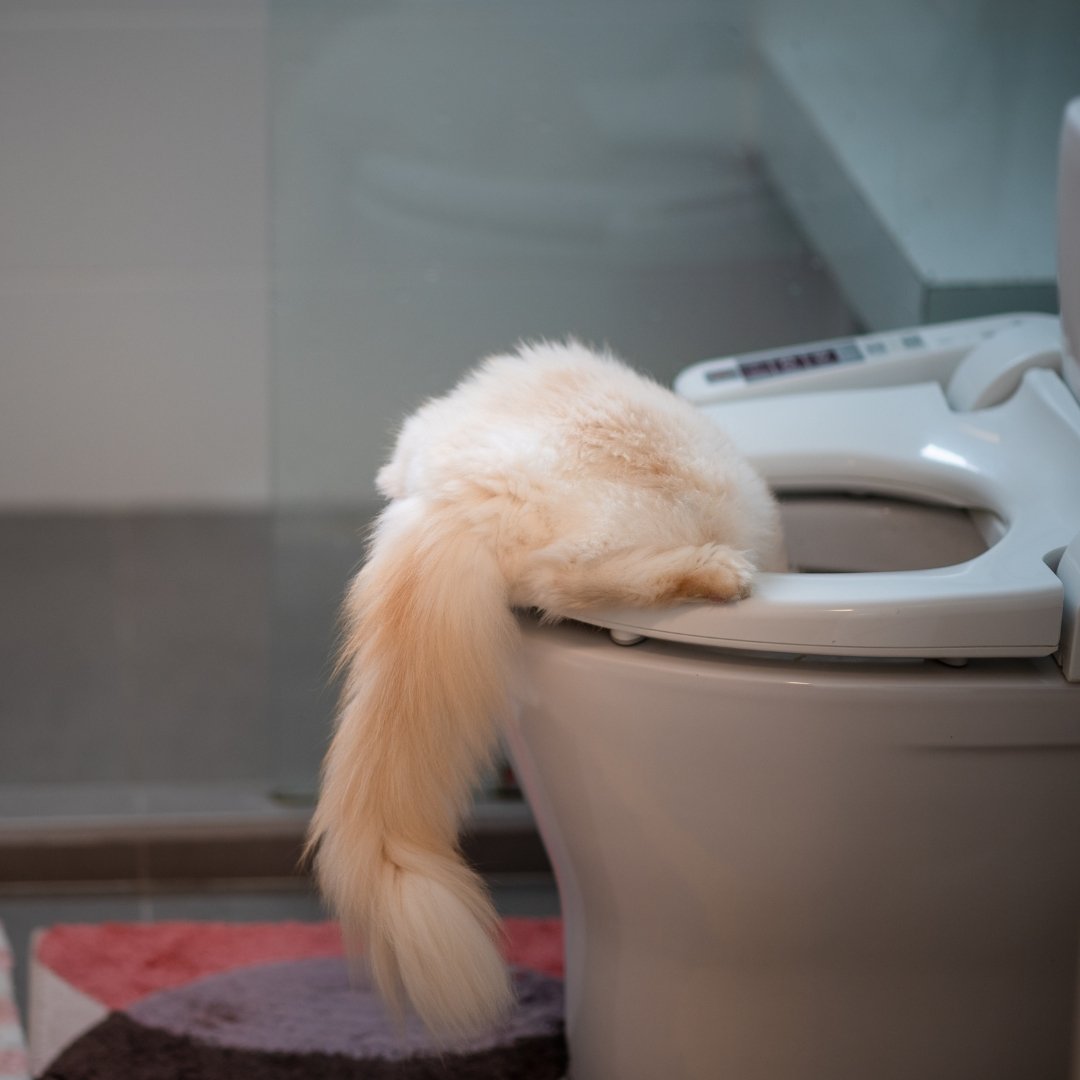Why Flushing Cat Poop Down Your Toilet Isn't a Good Idea - Tips for Proper Handling
Why Flushing Cat Poop Down Your Toilet Isn't a Good Idea - Tips for Proper Handling
Blog Article
What're your thoughts regarding How to Dispose of Cat Poop and Litter Without Plastic Bags?

Intro
As feline owners, it's important to bear in mind exactly how we get rid of our feline good friends' waste. While it might seem hassle-free to flush pet cat poop down the toilet, this technique can have harmful effects for both the environment and human health and wellness.
Environmental Impact
Purging pet cat poop presents unsafe pathogens and bloodsuckers right into the water, posturing a substantial threat to water environments. These pollutants can negatively influence aquatic life and compromise water quality.
Wellness Risks
Along with ecological concerns, purging cat waste can additionally present health threats to people. Feline feces may consist of Toxoplasma gondii, a bloodsucker that can create toxoplasmosis-- a possibly severe illness, especially for pregnant ladies and individuals with weakened immune systems.
Alternatives to Flushing
Fortunately, there are more secure and more liable ways to take care of feline poop. Consider the adhering to alternatives:
1. Scoop and Dispose in Trash
One of the most common technique of dealing with cat poop is to scoop it right into a biodegradable bag and throw it in the garbage. Make certain to use a specialized clutter scoop and get rid of the waste without delay.
2. Use Biodegradable Litter
Choose naturally degradable pet cat clutter made from products such as corn or wheat. These clutters are eco-friendly and can be securely dealt with in the trash.
3. Bury in the Yard
If you have a yard, consider burying pet cat waste in a marked location far from vegetable gardens and water resources. Make certain to dig deep sufficient to avoid contamination of groundwater.
4. Install a Pet Waste Disposal System
Buy a pet dog garbage disposal system particularly designed for cat waste. These systems make use of enzymes to break down the waste, decreasing smell and ecological effect.
Conclusion
Accountable pet ownership prolongs beyond providing food and shelter-- it also entails appropriate waste management. By avoiding flushing feline poop down the bathroom and choosing alternative disposal approaches, we can reduce our ecological impact and protect human health and wellness.
Why Can’t I Flush Cat Poop?
It Spreads a Parasite
Cats are frequently infected with a parasite called toxoplasma gondii. The parasite causes an infection called toxoplasmosis. It is usually harmless to cats. The parasite only uses cat poop as a host for its eggs. Otherwise, the cat’s immune system usually keeps the infection at low enough levels to maintain its own health. But it does not stop the develop of eggs. These eggs are tiny and surprisingly tough. They may survive for a year before they begin to grow. But that’s the problem.
Our wastewater system is not designed to deal with toxoplasmosis eggs. Instead, most eggs will flush from your toilet into sewers and wastewater management plants. After the sewage is treated for many other harmful things in it, it is typically released into local rivers, lakes, or oceans. Here, the toxoplasmosis eggs can find new hosts, including starfish, crabs, otters, and many other wildlife. For many, this is a significant risk to their health. Toxoplasmosis can also end up infecting water sources that are important for agriculture, which means our deer, pigs, and sheep can get infected too.
Is There Risk to Humans?
There can be a risk to human life from flushing cat poop down the toilet. If you do so, the parasites from your cat’s poop can end up in shellfish, game animals, or livestock. If this meat is then served raw or undercooked, the people who eat it can get sick.
In fact, according to the CDC, 40 million people in the United States are infected with toxoplasma gondii. They get it from exposure to infected seafood, or from some kind of cat poop contamination, like drinking from a stream that is contaminated or touching anything that has come into contact with cat poop. That includes just cleaning a cat litter box.
Most people who get infected with these parasites will not develop any symptoms. However, for pregnant women or for those with compromised immune systems, the parasite can cause severe health problems.
How to Handle Cat Poop
The best way to handle cat poop is actually to clean the box more often. The eggs that the parasite sheds will not become active until one to five days after the cat poops. That means that if you clean daily, you’re much less likely to come into direct contact with infectious eggs.
That said, always dispose of cat poop in the garbage and not down the toilet. Wash your hands before and after you clean the litter box, and bring the bag of poop right outside to your garbage bins.
https://trenchlesssolutionsusa.com/why-cant-i-flush-cat-poop/

Do you enjoy reading about Don’t flush cat feces down the toilet? Make feedback below. We'd be pleased to find out your thinking about this write-up. Hoping that you come back again soon. If you enjoyed our post if you please make sure you remember to pass it around. We appreciate reading our article about How to Dispose of Cat Poop and Litter Without Plastic Bags.
Contact Us Report this page